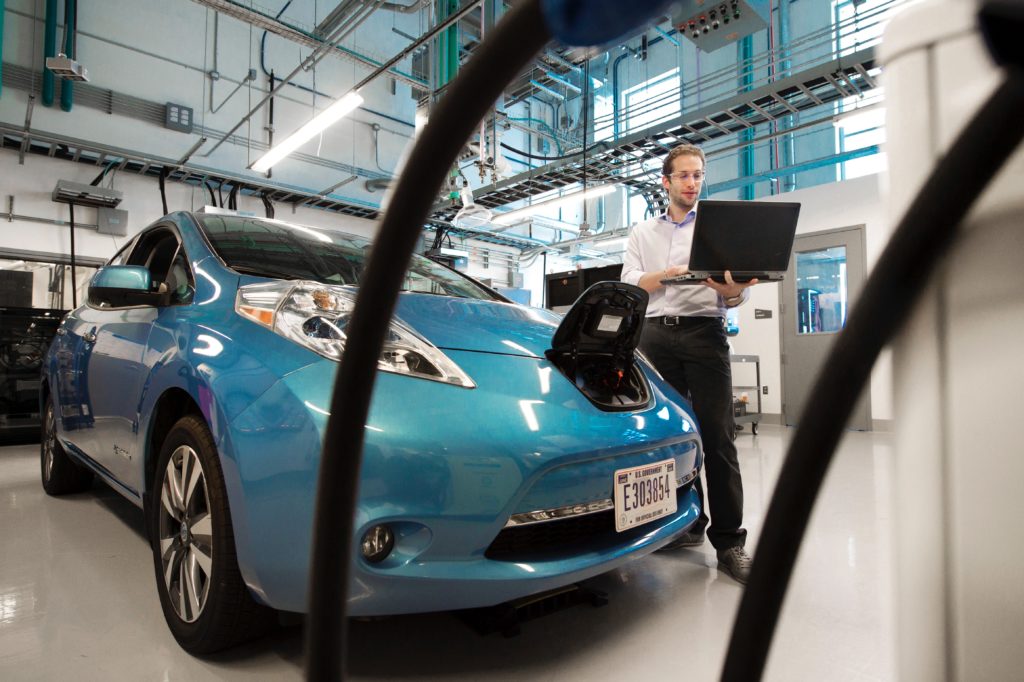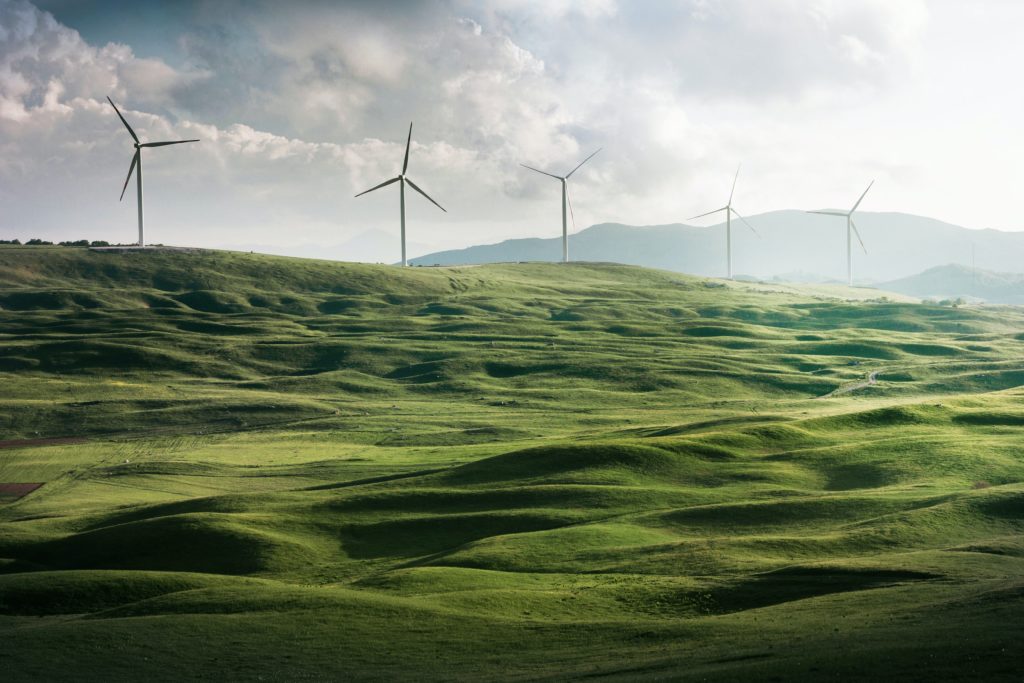Climate action, and jobs and growth are not old friends. The COVID-19 crisis is a brutal test for EU policymakers that have pledged to deliver the world’s first climate neutral economy by 2050. Last December, a new European Commission presented a “European Green Deal” that it said all EU actions and policies would have to contribute to. At the heart of the Green Deal is the net zero greenhouse gas emissions by 2050 goal. Policies aiming at that goal now have to be pursued against the backdrop of the biggest economic shock since WWII.
“Climate action can turn into a catalyst for recovering from this Corona crisis,” said Diederik Samsom, head of cabinet for Commission Vice President Frans Timmermans, the man in charge of the Green Deal at the Commission, in a webinar in the run-up to the Commission’s EU economic recovery proposals on 27 May. Certainly, that is the line NGOs have taken. From the start, groups such as Brussels-based Transport & Environment and Carbon Market Watch have called on policymakers to make billion-dollar bailouts for airlines, for example, conditional on climate action “to address two crises at once”.
The fact is however, that so far there is no strict conditionality attached to any of the over €30 billion in COVID-19 bailouts either agreed or under discussion for national air carriers in Europe, according to an airline bailout tracker compiled by NGOs. These are national, not EU decisions. There are talks and in some cases some conditions – notably for Austrian Airlines and Air France – but nothing that does justice to the climate challenge, they say. In the meantime, professionals in other sectors are outraged that airlines get to fly again whilst they remain grounded (see this recent op-ed by Dutch stand-up and writer Claudia de Breij, for example).

Back in Brussels, the current pandemic has not derailed the European Green Deal. On 27 May, the Commission unveiled a plan to borrow €750 billion on capital markets on top of a €1.1 trillion budget for 2021-27. Its priorities have not changed, it insists. A quarter of all funds should be devoted to climate action – although Commission President Ursula von der Leyen actually broadened that to “the Green Deal” in her press conference – and the remainder must “do no harm”. The twin drivers of EU policy remain the Green Deal and digitalisation. New sustainable finance legislation that defines what counts as a “green” investment will provide practical guidance on where to direct the money.
It is only logical then that the €750 billion is to be repaid – from 2028 for the next thirty years – from revenue sources based on these new political priorities. The Commission identifies four ways of raising the money. First, it revives a long-standing idea of bringing international aviation and shipping into its carbon market. The EU Emission Trading Scheme (ETS) is a cap-and-trade scheme that requires power plants and industry to pay for their CO2 emissions (except that much of industry is exempt because of fears over “carbon leakage”, or offshoring). Extending the EU ETS to international flights and ships could bring in about €10 billion a year, the Commission says.
Second, the Commission has bold ambitions for a “carbon border adjustment mechanism” that would ensure the price of imports more accurately reflects their carbon content. This is being touted as an alternative to free ETS allowances for at least some industries, such as steel and cement, to combat the risk of carbon leakage. An EU carbon border tax, as it is more colloquially called, could bring in anything from €5 to €14 billion a year, the Commission estimates. Of course, it would need approval from the World Trade Organization (WTO).

Third and fourth, the Commission proposes to revive plans for a tax on the operations of large corporations (up to €10 billion a year) and a tax on digital services (up to €1.3 billion a year). If you add it all up, the €750 billion is easily repaid, but what all four proposals have in common is one, they are not new and two, they have hit dead-ends in the past. The Commission’s response to this is that the COVID-19 crisis has compounded an already existing investment gap. Either member states cough up more cash, the EU cuts back on existing programmes, or member states let it raise new “own resources” as per the above. Its calculation is that member states prefer option three.
National governments and constitutional courts are supposed to sign off on the €750 billion plan over the next few months, so it can kick in from 1 January 2021. There is a parallel proposal to increase the EU’s current budget in the interim to bridge the gap from now till then. Most EU countries have spoken out in favour of a green economic recovery. And the Commission has trodden a fine line between sticking to its guns and reformulating its priorities to accommodate the crisis. In the energy and climate space, Samsom highlighted building renovations, the automotive sector and the hydrogen economy as three key sectors for climate action, and jobs and growth.
Large investments in hydrogen production, transport and use might actually come “quicker” than expected, the official added, thanks to the extra funds liberated by the crisis. At the launch of the EU economic recovery package, Timmermans called clean hydrogen “one of our top priorities”. Climate campaigners agree that it is indispensable to the net zero goal, but only for the last 20% of emission reductions. They worry that hydrogen may distract policymakers – and divert resources – from the enormous investments still needed in energy efficiency, renewables and electrification, which have to deliver the other 80%. Moreover, the climate impact of hydrogen depends entirely on how it is made: clean hydrogen needs to be defined before it is promoted, they say.
Hydrogen has appeal because it could create millions of new jobs – one million by 2030 and 5.4 million by 2050, according to an industry-led roadmap for Europe – and because the EU sees an opportunity to lead a global electrolyser industry. (The ultimate goal, “green” hydrogen, is made from the electrolysis of water powered by solar or wind energy). The COVID-19 crisis has reignited a desire among policymakers to be in control of strategic value chains. Having lost out to Asia on solar panels and batteries, the EU sees an opportunity to hold onto a sector where industry insiders say it has a three-year lead. Europe has filed about twice as many patents and publications on electrolysis technology as its nearest competitors the US, China and Japan over the last 10-15 years.
Besides industry, aviation and shipping are the two sectors that everyone agrees can benefit from a hydrogen economy, in the form of hydrogen-derived “e-fuels”. Transport is one of the parts of the economy that has suffered most these past few months. The sector will account for almost half of an expected 5.5% global drop in energy CO2 emissions this year, reports S&P Global Platts. Demand reduction – “less is more”, as those in Michael Moore’s latest documentary “Planet of the Humans” call it – is touted by some as the only long-term solution to climate change. But it sits uncomfortably with jobs and growth.
Von der Leyen’s attempt to square this circle is a new goal for the post-COVID-19 recovery: “competitive sustainability”. The EU’s economic recovery package attempts to adhere to the Green Deal but its €750 billion is dwarfed by nearly €2 trillion – and counting – in national bailouts. The Commission can urge but not enforce green conditions there. Despite some positive signs, most recently support for electric vehicles in France and Germany – all German petrol stations will have to offer electric car charging in future – there are also still calls to postpone “green” rules. Fossil fuel prices are at record lows. What happens now largely depends on what governments do. Samsom summed it up nicely: “We might have the political will at hand for a more sustainable future.”
